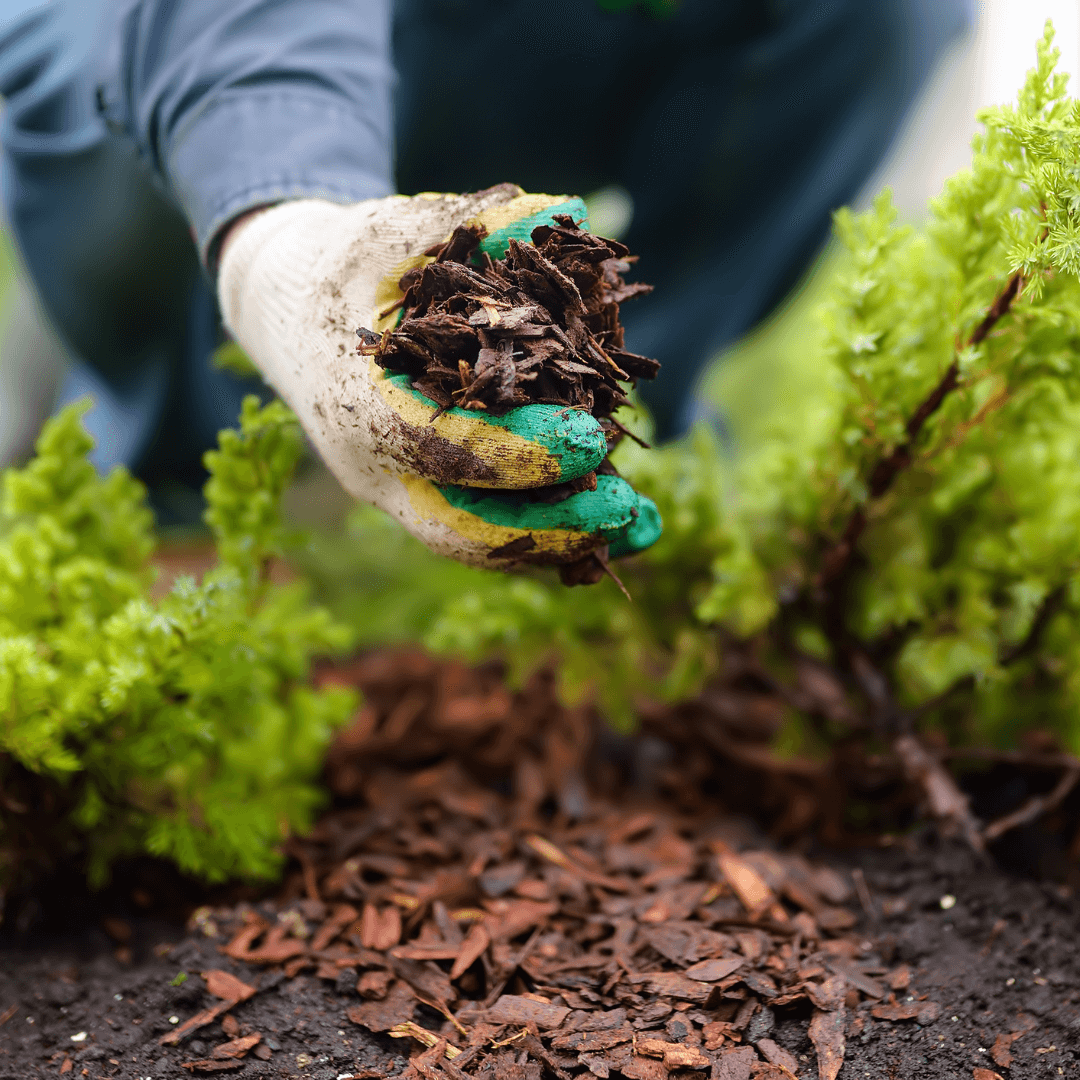Gardening is a rewarding hobby but can also be time-consuming and frustrating when pests invade your plants. Many people turn to pesticides to combat these invaders. Still, these chemicals can harm not only the problems but also beneficial insects that are essential for maintaining a healthy garden ecosystem. Which Insects are Well-Known Beneficial Insects of Gardens?
Overview of Beneficial Insects
Beneficial insects are natural predators that help keep harmful pests under control without the use of toxic chemicals. One of the main benefits of having beneficial insects in your garden is biological pest control.
Chemical pesticides can harm humans and animals, and overuse can lead to pesticide resistance among pests. Beneficial insects are natural predators of many common garden pests, including aphids, caterpillars, mites, and thrips.
Introducing or attracting beneficial insects into your garden can reduce or eliminate the need for chemical pesticides. Another benefit of having beneficial insects in your garden is pollination.
Bees are perhaps the most well-known pollinators essential in increasing yields and promoting biodiversity. But did you know that other insects, like hoverflies, also contribute to pollination?
Hoverflies mimic bees with black and yellow stripes but don't have stingers. They are excellent pollinators for many different types of plants.
Beneficial insects are also crucial in creating a healthy soil ecosystem. Soil-dwelling organisms like earthworms break down organic matter into nutrients plants can absorb through their roots.
Other beneficial soil organisms like nematodes help control plant parasites, while mycorrhizal fungi establish symbiotic relationships with plant roots that enhance nutrient uptake. Creating a diverse ecosystem in your garden provides many benefits beyond pest control and pollination.
It enhances soil health by promoting nutrient cycling and improves air quality by reducing carbon dioxide levels through photosynthesis. Having beneficial insects in your garden is essential for maintaining a healthy ecosystem without resorting to harmful pesticides.
By promoting natural pest control, pollination, and soil health, beneficial insects provide numerous benefits that help create a thriving heirloom garden. In the following sections, we will explore some of the most well-known beneficial insects and how to attract them to your garden.
Wildflower, Perennial, & Annual Flower Seed Kit | 35 Variety Pack
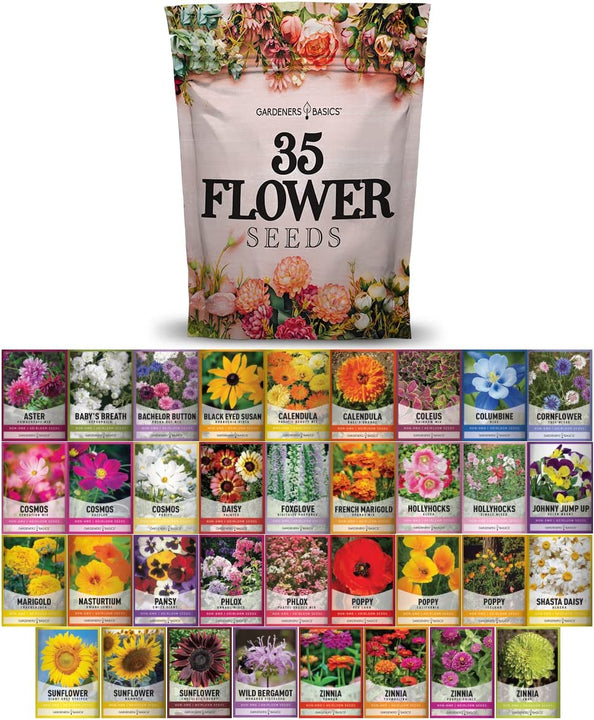
$29.95
$49.95
35 Flower Seeds Variety Pack – Heirloom, Non-Hybrid, Non-GMO, Open-Pollinated – Perfect for Pollinator-Friendly Gardens Transform your garden with our 35 Flower Seeds Variety Pack, offering a stunning and diverse selection of heirloom, non-hybrid, and non-GMO seeds. Each variety in… read more
The Tiny Warriors of the Garden: Ladybugs
Ladybugs, or lady beetles, are among gardens' most recognizable beneficial insects. These small, colorful insects are charming and play a vital role in controlling pest populations.
Ladybugs feed on aphids, mites, and other soft-bodied insects that damage plants by sucking out their sap. A single ladybug can consume up to 50 aphids per day!
To attract ladybugs to your garden, avoid using pesticides that might harm these helpful creatures. Instead, focus on creating a welcoming environment for them.
Ladybugs love flowers from the daisy family, such as marigolds and sunflowers. They also enjoy herbs like dill and cilantro that provide shelter for them to lay eggs.
Additionally, you can consider purchasing ladybug larvae or pupae online and releasing them into your garden. While adult ladybugs may fly away after being released, their offspring will remain in the area to feast on pests like aphids.
Another way to encourage ladybugs is by planting cover crops like clover or letting weeds grow in some areas of your garden. These plants provide places for ladybugs to overwinter and lay eggs.
Be patient when attracting ladybugs - they may take a few weeks to find their way into your garden. But once they arrive, you'll notice a significant reduction in pest populations and healthier plant growth.
Benefits of Ladybug Populations
Not only are ladybugs incredibly effective at controlling pests in gardens - they also positively impact the ecosystem as a whole! Ladybug larvae consume large amounts of aphids before metamorphosing into adult beetles who continue preying on other pests. Additionally, adult beetles feed on nectar from flowers such as milkweed and goldenrod, which helps pollinate these plants.
Furthermore, the bright colors of ladybugs warn predators - they contain a toxin that can make them taste destructive or even poisonous. This means other insects and animals are less likely to prey on them, allowing ladybug populations to thrive.
Do Ladybugs Bite or Sting?
One common question about ladybugs is whether they bite or sting humans. While adult beetles do not sting, they can bite when threatened. However, their bites are relatively harmless and don't usually break the skin.
It's worth noting that some species of ladybugs secrete a yellow fluid that can irritate human skin and leave a stain - so it's best not to handle them too much! However, ladybugs are generally harmless and nothing to be afraid of.
Fascinating Facts About Ladybugs
Did you know that there are over 5,000 species of ladybugs worldwide? While most are red with black spots, there are also yellow, orange, black, and white varieties. Some species even have stripes instead of spots!
Ladybug larvae look nothing like adult beetles - they have long spiky bodies with bright colors like orange or black. They're often mistaken for pests themselves due to their unusual appearance!
In many cultures worldwide, ladybugs are seen as symbols of good luck and prosperity. So having these tiny warriors in your garden benefits your plants and may bring you some good fortune too!
Lacewings: The Ultimate Pest Control Experts
Lacewings are a group of insects that are known for their beauty as well as their prowess in pest control. As larvae, they feed on various pests like caterpillars, mealybugs, and aphids.
When they mature into adults, they feed on pollen and flower nectar. Having lacewings in your garden can help keep your plants healthy while adding to the ecosystem's biodiversity.
An Overview of Lacewings
Lacewings are small, delicate insects with large wings with distinct veins running through them. They come in various colors, such as green, brown, and yellow. Their eyes are usually large and bulging, giving them an almost cartoonish appearance.
Lacewing eggs look like small white ovals attached to the underside of leaves. As larvae, lacewings have sharp mandibles that allow them to feed on various pests, such as caterpillars and mealybugs.
They inject their prey with a toxin that paralyzes it before consuming it whole. This ability makes them incredibly effective at controlling pest populations in gardens.
Creating a Habitat That Attracts Lacewings
If you want to attract lacewings to your garden, there are several things you can do. First, you can plant flowers that attract adult lacewings, such as dill or cosmos. Secondly, consider installing nesting boxes explicitly designed for lacewing eggs – these boxes mimic the conditions under leaves where female lacewings typically lay their eggs.
Another way you can attract lacewings is by reducing pesticide use in your garden – pesticides kill pests and benefit insects like lacewings. Instead of relying on chemicals for pest control, consider other methods, such as companion planting or insecticidal soaps targeting only specific pests.
Lacewings are essential for healthy garden ecosystems due to their pest control abilities and contribution to pollination. You can create a thriving ecosystem that supports these beneficial insects by creating a habitat that attracts lacewings.
Praying Mantises: The Stealthy Hunters of the Garden
Regarding garden pest control, few insects are as impressive and intimidating as the praying mantis. These fascinating creatures are known for their predatory behavior and ability to catch larger insects like grasshoppers, crickets, and other praying mantises. One of the most striking things about praying mantises is their appearance; with elongated bodies and folded front legs that resemble hands raised in prayer, they're a unique sight in any garden.
But their hunting habits truly set them apart from other beneficial insects. Praying mantises are ambush hunters who wait for prey to come within striking distance before attacking.
They're especially adept at catching flying insects like moths and flies; they'll sit motionless on a plant or branch until an unsuspecting bug comes close enough for them to grab with their spiky front legs. If you're interested in using praying mantises as natural pest control in your garden, there are a few things you should keep in mind.
First, it's essential to understand that while they'll eat a variety of pests, including grasshoppers and crickets, they won't discriminate when it comes to other garden inhabitants - including bees or butterflies. However, if you have a severe pest problem and want to introduce these stealthy hunters into your garden ecosystem, there are several ways to do so.
One option is to purchase an egg case online or from a local supplier; these small cases contain dozens of praying mantis eggs that will hatch into tiny nymphs ready to start eating pests. Once you have your egg case(s), attach them near pest-prone areas such as shrubs or flowers where flying insects like moths and flies tend to congregate.
It's important not to handle the eggs too much - instead, let nature take its course and allow the nymphs to emerge on their own. In addition to introducing praying mantises into your garden ecosystem, there are other ways to encourage them to reside in your yard.
Providing plenty of hiding places and perches - such as tall grasses or structures like trellises and garden statues - can give these hunters a place to hide while they wait for prey. And if you're lucky enough to see one in action, don't disturb it; watching a praying mantis catch its dinner is a fascinating sight worth savoring.
Bees: The Pollinators that Keep Our Gardens Flourishing
Bees are often considered one of the most important pollinators in a garden. They pollinate countless plants, including fruits, vegetables, and flowers. Without bees, many of our favorite garden crops would not be able to reproduce or yield the delicious fruits we love.
One way to create a bee-friendly environment in your garden is by planting various flowering plants that bloom throughout the growing season. This ensures that bees have a consistent source of nectar and pollen.
Some great choices for early bloomers include crocus, snowdrops, and hellebores. Later in the season, consider planting lavender, bee balm, or coneflower.
Another way to attract bees is by providing them with a water source. Bees need water to drink and cool off on hot days.
You can create a simple bee bath by filling a shallow dish with water and adding rocks or pebbles for the bees to land on. It's also important to avoid using pesticides in your garden as they can harm bees and other beneficial insects.
Instead, consider using natural pest control methods like companion planting or introducing predators like ladybugs or praying mantises. If you have space in your garden, consider adding a beehive!
Honeybees are not aggressive unless provoked and are fascinating creatures to watch as they work tirelessly to gather nectar from flowers. Plus, you'll have delicious honey as an added bonus!
Creating a bee-friendly environment also benefits pollinators like butterflies and hummingbirds. So by attracting bees into your garden, you'll be fostering biodiversity while ensuring your plants thrive year after year.
The Importance of Bees
Bees play an essential role in our ecosystem as they help pollinate wild plants and agricultural crops. Without bees, many plants would be unable to reproduce, and the world's food supply would be drastically affected.
According to the USDA, bees pollinate approximately one-third of all crops grown in the United States, including almonds, apples, blueberries, cherries, cucumbers, and many more. In fact, it's estimated that honeybees alone contribute to over $15 billion worth of U.S. crop production each year.
But bee populations worldwide have declined in recent years due to habitat loss and pesticide use. By creating a bee-friendly garden, you're not only helping these important creatures thrive but also doing your part to support a healthy ecosystem.
Planting for Pollinators
When choosing plants for your garden to attract bees and other pollinators, selecting varieties that bloom throughout the growing season is important. Early bloomers like crocuses and snowdrops provide much-needed nectar for bees emerging from hibernation in early spring. In contrast, late-season flowers like asters and goldenrod provide sustenance before winter. It's also important to choose native plants as they are better adapted to local growing conditions and provide food sources that local pollinators have evolved alongside.
Native plant choices include purple coneflower (Echinacea purpurea), New England aster (Symphyotrichum novae-angliae), wild bergamot (Monarda fistulosa), goldenrod (Solidago spp.), and joe-pye weed (Eutrochium spp.). In addition to flowering plants that attract adult bees for nectar collection, it's also a good idea to include host plants for caterpillars of butterfly species such as monarchs or swallowtails.
Host plants act as food sources for caterpillars before they become butterflies or moths. By including a diverse range of plants in your garden, you'll be providing a valuable habitat for many different species of pollinators.
Beekeeping 101
If you're interested in keeping bees in your backyard, there are a few things to consider before diving in. Honeybees require a lot of attention and care, so it's important to research and ensure you're equipped to handle the responsibility. First, check with your local government to see if beekeeping is legal in your area.
Many cities and towns have regulations around beekeeping that you'll need to follow. Next, decide on what type of hive you want to use.
The most common hives are Langstroth hives, consisting of stackable boxes with removable frames. Top bar hives are also gaining popularity as they mimic the natural shape of a honeybee colony and require less heavy lifting.
Once your hive is set up, it's time to acquire some bees! You can purchase packages of bees from reputable suppliers or try catching a swarm yourself (although this is not recommended for beginners).
Beekeeping can be a gratifying hobby but requires time, commitment, and ongoing education. But if done correctly, keeping bees can provide many benefits, including delicious honey and wax for candles or skincare products.
Bees are vital pollinators that play an essential role in our gardens and larger ecosystems. By creating a bee-friendly environment in our yards, we can help ensure their survival while reaping the benefits of increased yields and thriving plant life.
Planting various flowering plants that bloom throughout the growing season is one way to attract bees while benefiting other pollinators like butterflies and hummingbirds. Providing water sources like bee baths and avoiding pesticides also help create a safe haven for these important creatures.
For those interested in taking their love for bees to the next level, beekeeping can be a rewarding hobby with many benefits, including delicious honey and wax. But regardless of whether you keep bees or not, creating a bee-friendly garden is something we can all do to support a healthy ecosystem.
Hoverflies: The Little-Known Pollinators that Pack a Punch
When you think of pollinators, bees may be the first insects that come to mind. But did you know that hoverflies are also essential pollinators? These small, colorful flies are often mistaken for bees due to their similar appearance, but they play a unique and crucial role in our gardens.
The Appearance and Behavior of Hoverflies
Hoverflies are typically between 1/4 and 1/2 inch long and have distinctive markings on their bodies, ranging from black-and-yellow stripes to metallic green or blue. Unlike bees, hoverflies do not have hairy bodies or pollen baskets on their legs.
They also have much shorter mouths, which makes them less effective at gathering nectar from deep flowers. But what they lack in physical attributes, they make up for in behavior.
Hoverflies are expert flyers and can hover perfectly still in mid-air using rapid wing movements. This allows them to easily fly from flower to flower, gathering and transferring pollen as they go.
The Benefits of Hoverflies as Pollinators
Even though they don't collect as much nectar as bees do, hoverflies are still essential pollinators. They visit various flowers and plants, including many that bees don't typically visit. In fact, some studies have shown that hoverflies can be even more effective at pollinating certain crops than honeybees!
In addition to their role as pollinators, hoverfly larvae are also helpful in controlling garden pests like aphids. The larvae feed on these pests before eventually transforming into adult hoverflies.
Attracting Hoverflies to Your Garden
If you're interested in attracting these beneficial insects to your garden, you can do a few things. One of the easiest ways to attract hoverflies is by planting flowers that they love, such as marigolds, cosmos, and zinnias.
These brightly colored flowers provide both nectar and pollen for adult hoverflies to feed on. Another way to attract hoverflies is by providing them with a place to lay their eggs.
Hoverfly larvae prefer dark, damp environments, so consider leaving a few areas of your garden unmulched or adding a small pond or water feature. You can also shelter adult hoverflies by placing small rocks or logs around your garden.
Hoverflies may be small and often overlooked, but they are crucial in pollinating our gardens and controlling pests. By taking steps to attract these helpful insects to your garden, you can create a thriving ecosystem that benefits both plants and animals alike. So next time you're out in the garden, watch these little flyers – they might just surprise you with their importance!
Conclusion of Which Insects are Well-Known Beneficial Insects of Gardens
Recap of the Importance of Beneficial Insects in Gardens
Beneficial insects are an essential part of any healthy garden plant ecosystem. They help control pests by preying on them, pollinate plants to increase yields, and play a vital role in maintaining biodiversity. Without these helpful creatures, gardens can quickly become overrun with pests, leading to plant damage and decreased crop yields.
Insects like ladybugs, lacewings, praying mantises, bees, and hoverflies are some of the most well-known beneficial insects found in many gardens worldwide. Each species has unique behavior and benefits, making them an essential part of any garden ecosystem.
Vegetable Seed Vault Kit | 35 Variety Pack

$29.95
$49.95
Ultimate Survival Seed Vault: 16,000+ Non-GMO Heirloom Vegetable Seeds for Emergency Preparedness Introducing the Seed Vault Kit, your all-in-one solution for emergency preparedness and sustainable gardening. This premium seed kit contains over 16,000 non-GMO, Heirloom, Non-Hybrid, and Open Pollinated seeds,… read more
Final Thoughts on How to Create a Thriving Ecosystem that Supports Beneficial Insects
To create a thriving ecosystem that supports beneficial insects in your garden, there are several things you can do. First and foremost, avoid using pesticides or other harmful chemicals that can indiscriminately kill both beneficial and harmful insects.
Instead, use natural pest control methods like companion planting or introducing natural predators like ladybugs or praying mantises. Another way to support beneficial insects is by planting a diverse range of plants that will provide food and shelter for them throughout the year.
Choose plants with different blooming periods so that there is always something available for pollinators like bees or hoverflies. You can also create specific habitats for different beneficial insects by providing nesting sites or sheltered areas where they can thrive.
For example, bees need sheltered areas where they can build their nests, while ladybugs prefer tall grasses or shrubs where they can hide from predators. By taking these steps to support beneficial insects in your garden ecosystem, you'll improve your plants' health and contribute to overall biodiversity in your area.
While it may be tempting to use pesticides or other chemicals to control pests in your garden, it's important to remember the critical role of beneficial insects in maintaining a healthy ecosystem. By supporting these helpful creatures, you'll promote a more sustainable and thriving garden environment for yourself and future generations.
 Frequently Asked Questions (FAQ) Which Insects are Well-Known Beneficial Insects of Gardens
Frequently Asked Questions (FAQ) Which Insects are Well-Known Beneficial Insects of Gardens
Q1: What are beneficial insects?
A: Beneficial insects provide various advantages to your garden, such as pollination, pest control, and nutrient cycling. They help maintain a healthy ecosystem and support plant growth.
Q2: Which insects are considered beneficial in gardens?
A: Some well-known beneficial insects include ladybugs, lacewings, ground beetles, hoverflies, parasitic wasps, and honeybees. Each insect has a specific role in supporting a healthy garden ecosystem.
Q3: How do ladybugs help in gardens?
A: Ladybugs, also known as ladybird beetles, are predators that feed on common garden pests like aphids and mites. They help keep pest populations under control, reducing the need for chemical pesticides.
Q4: What role do lacewings play in gardens?
A: Lacewings are another predatory insect feeding common garden pests, such as aphids, mealybugs, and small caterpillars. Their larvae are particularly voracious eaters, making them excellent allies in pest control.
Q5: Are ground beetles beneficial insects?
A: Yes, ground beetles are considered beneficial because they prey on a variety of garden pests, including slugs, snails, and cutworms. They are nocturnal insects and can help control pest populations during the night.
Q6: How do hoverflies contribute to garden health?
A: Hoverflies, known as syrphid flies, are important pollinators and natural predators. Their larvae feed on soft-bodied insects like aphids, while the adults help pollinate various flowers in your garden.
Q7: Why are parasitic wasps considered beneficial insects?
A: Parasitic wasps are insects that lay their eggs inside or on various pests, such as caterpillars, beetles, and aphids. The wasp larvae then feed on the host, eventually killing it. This helps to control pest populations without the need for chemical interventions.
Q8: How do honeybees contribute to a healthy garden ecosystem?
A: Honeybees are crucial pollinators for many plants, playing a significant role in the fertilization and growth of fruits, vegetables, and flowers. Their presence in your garden supports the overall ecosystem and helps ensure a bountiful harvest.
Q9: How can I attract beneficial insects to my garden?
A: Planting various native plants, including flowers that provide nectar and pollen, can help attract beneficial insects. Additionally, providing shelter and water sources and avoiding broad-spectrum pesticides can create a welcoming environment for these insects.
Q10: Can beneficial insects entirely replace the need for chemical pesticides?
A: While beneficial insects can significantly reduce the need for chemical pesticides, monitoring pest populations and using an integrated pest management approach is essential. This may involve using chemical pesticides judiciously, only when necessary, alongside biological controls and cultural practices.



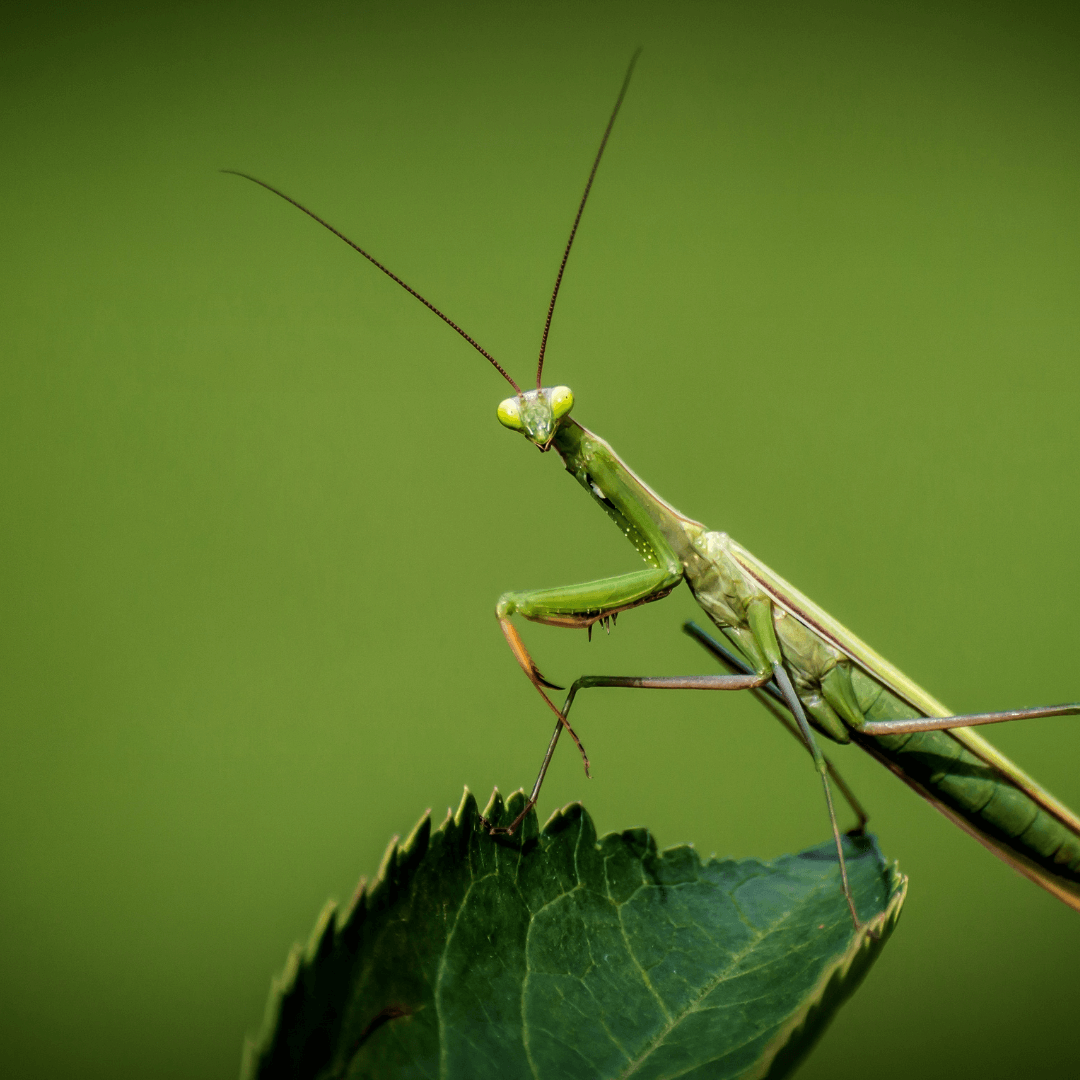

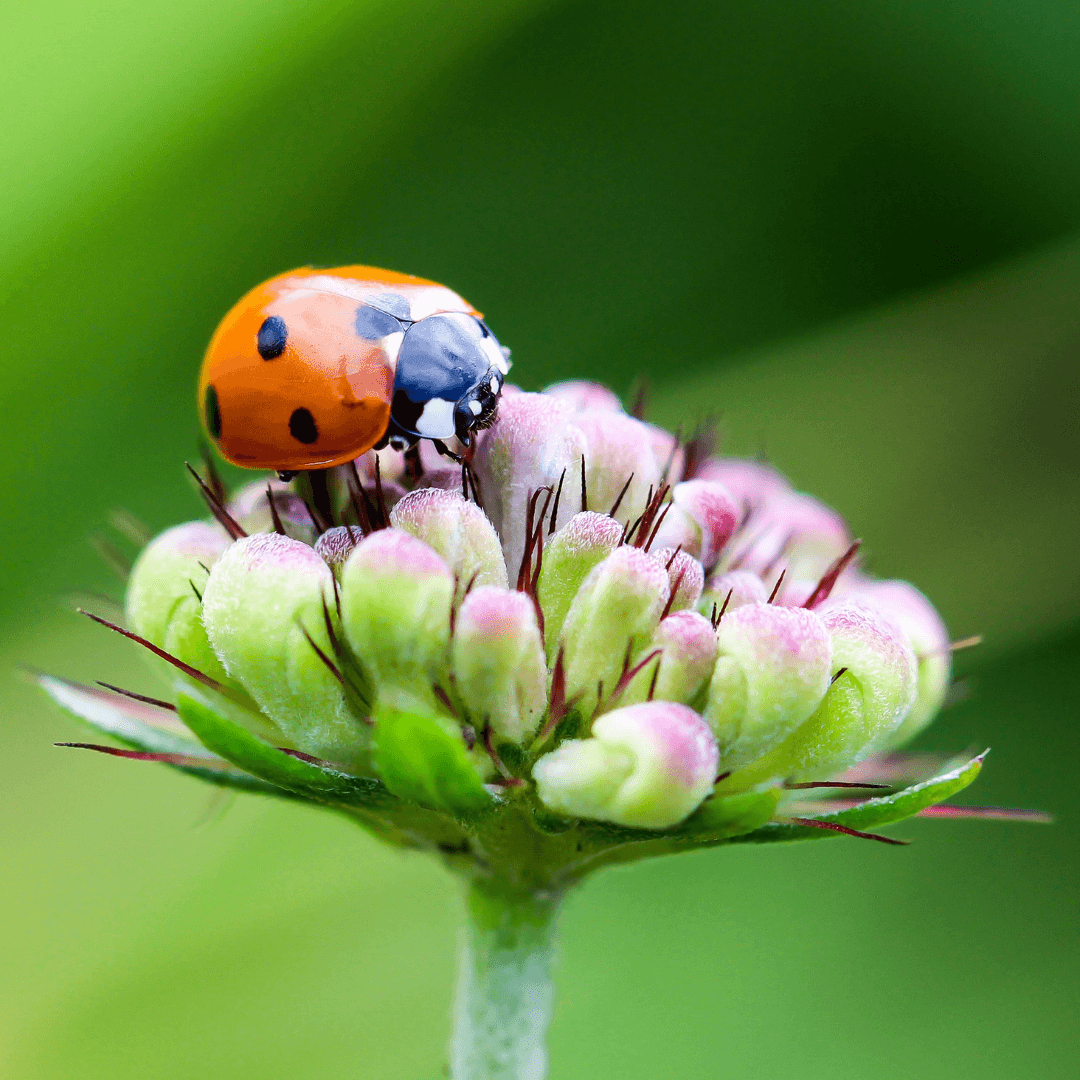
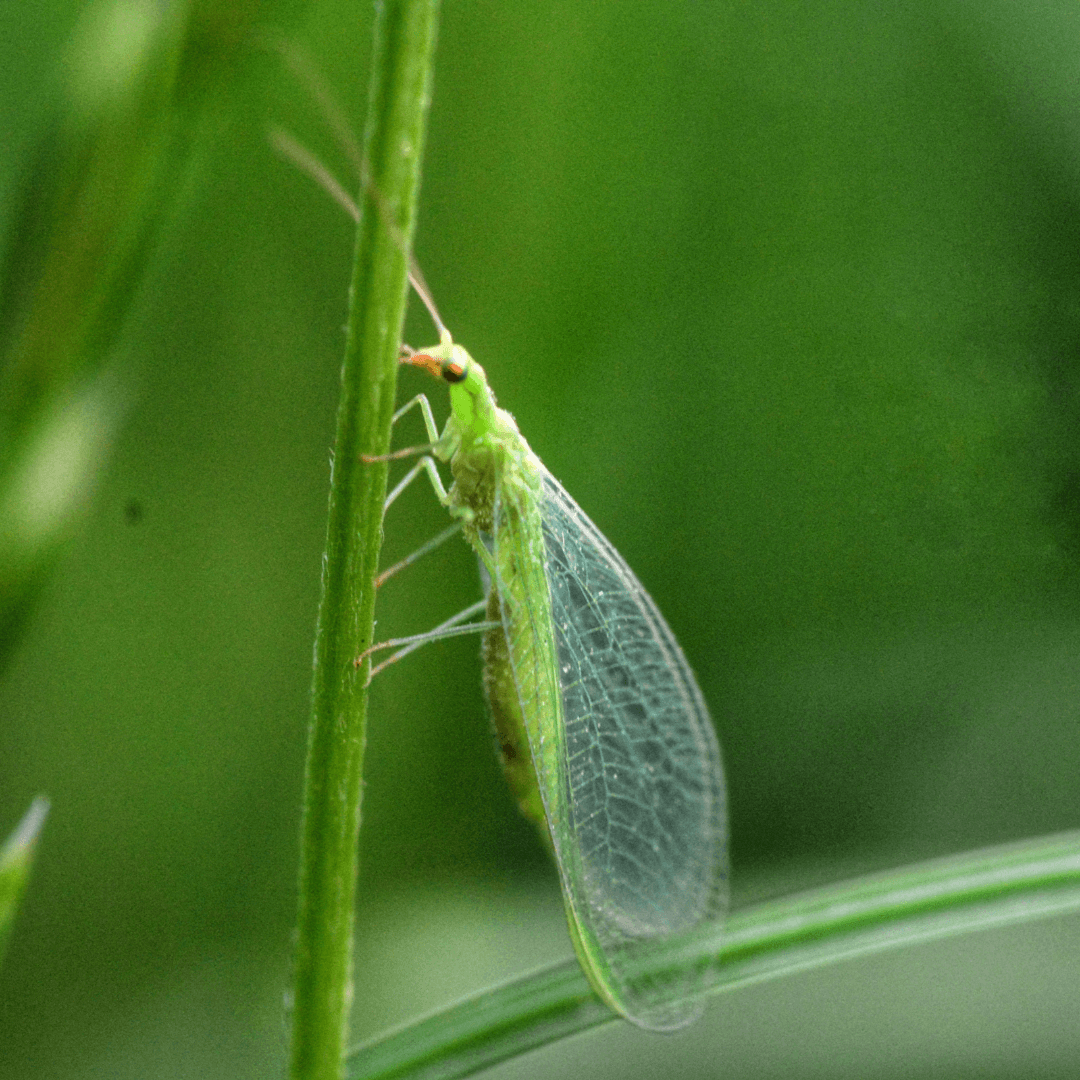

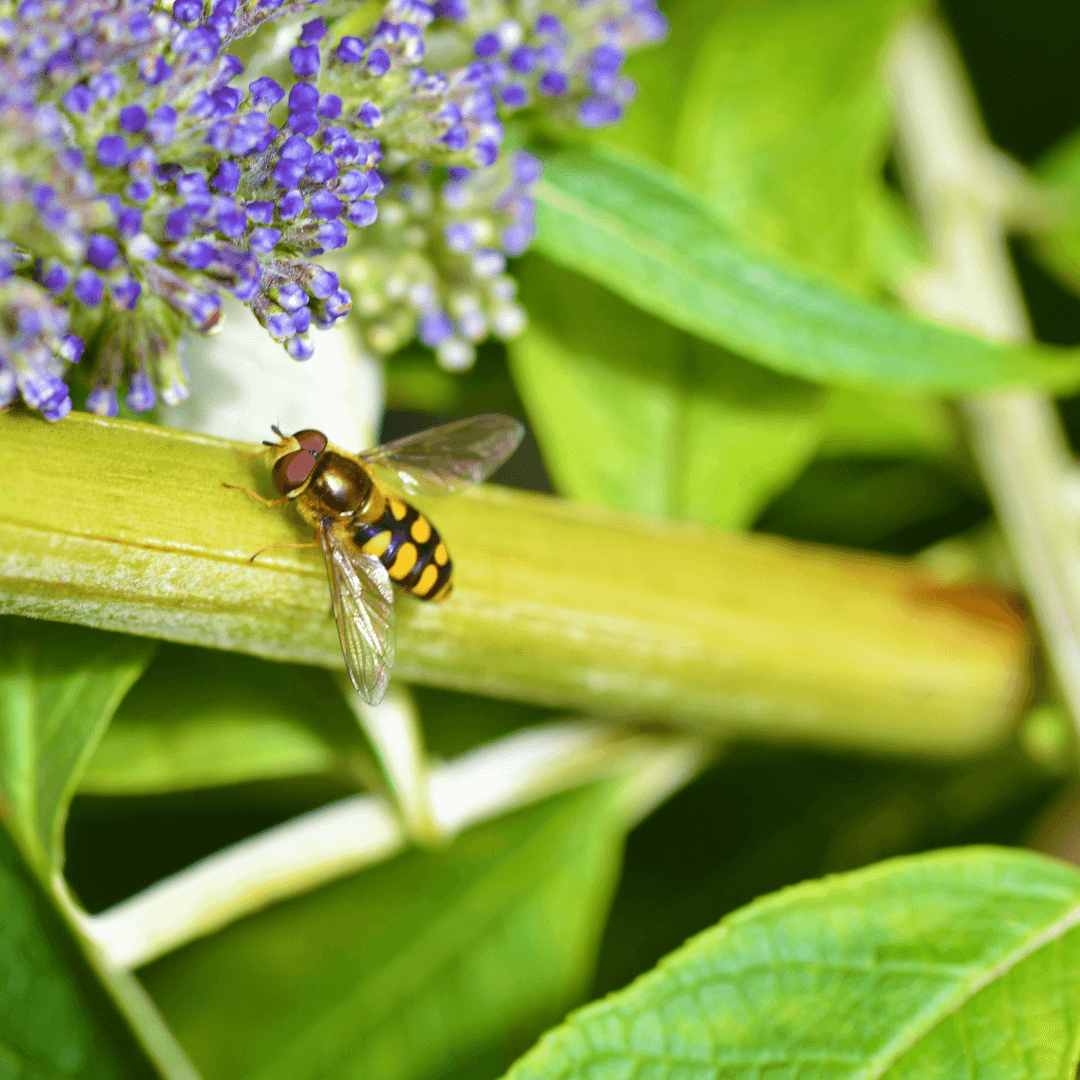
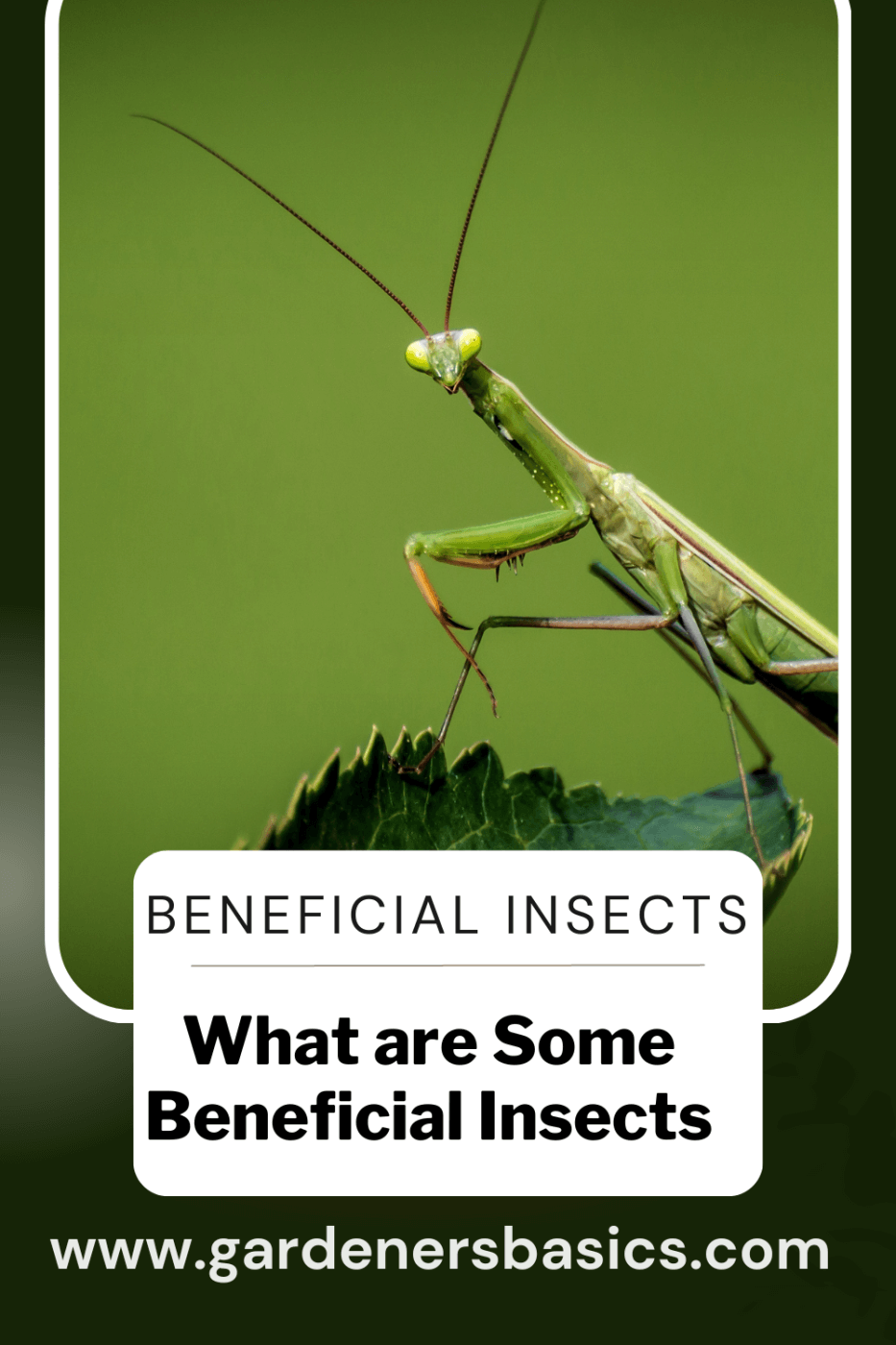 Frequently Asked Questions (FAQ) Which Insects are Well-Known Beneficial Insects of Gardens
Frequently Asked Questions (FAQ) Which Insects are Well-Known Beneficial Insects of Gardens

